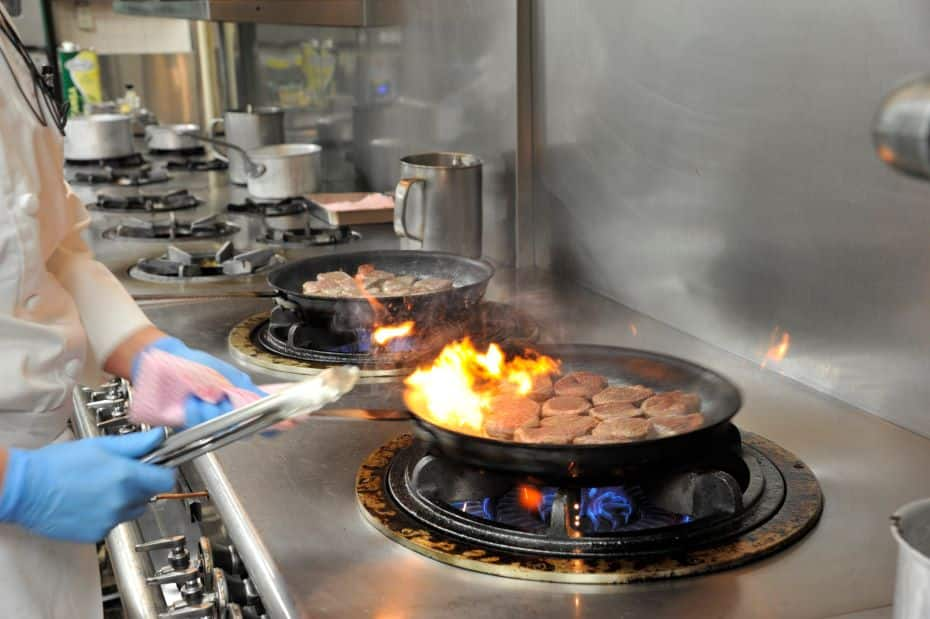2021/08/04
ANA is aiming to reduce "Food loss" from various perspectives, such as controlling the number of in-flight meals on board and recycling waste during cooking.

What is "Food loss"?
Food that is still edible but is thrown away is called "Food loss". There are approximately 6 million tons of this "Food loss" in Japan (FY2018 estimate). In terms of per person, we are throwing away the equivalent of a bowl of rice every day. (Refer to the website of the Ministry of Agriculture, Forestry and Fisheries)
Reduce in-flight meal wastage
ANA makes various efforts to ensure that the in-flight meals served on its planes are as waste-free as possible. Specifically, we check the number of reservations right up to the departure time and determine the number of in-flight meals to be loaded on each flight with as little waste as possible, to the extent that it does not affect on-time operation. Through these efforts, the waste rate (on a value basis) of in-flight meals and lounges is approximately 4.6% (FY2019 results), and we aim to reduce it further in the future. In addition, for first and business class of international flights, we offer the pre-order meal service (*1) that allows passengers to choose the menu to be served onboard according to their preferences before boarding. By asking for customers' preference in advance, we will be able to provide you with the meal of your choice on board, and also control the quantity of some menu items to be on board, thereby reducing the number of in-flight meals that are disposed of without being served, which leads to a reduction in "Food loss".
-
*1.Excluding some routes (please check the website for route details)
Recycle waste from cooking
As a related initiative, ANA Catering Service, which produces in-flight meals for ANA domestic and international flights departing from Japan, generates approximately 248 tons of garbage and 28 tons of oil during the cooking process in a year, which are 100% recycled.



ANA will continue to contribute to the achievement of the SDGs by working with customers to reduce "Food loss" from various perspectives.




